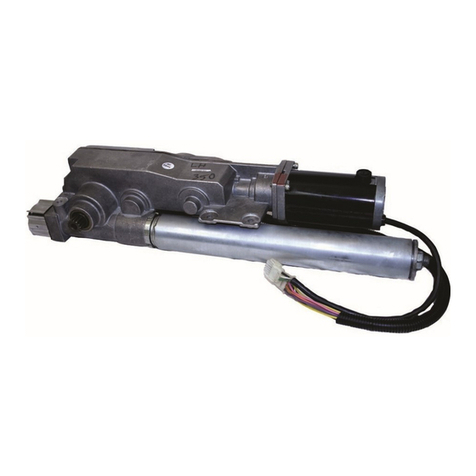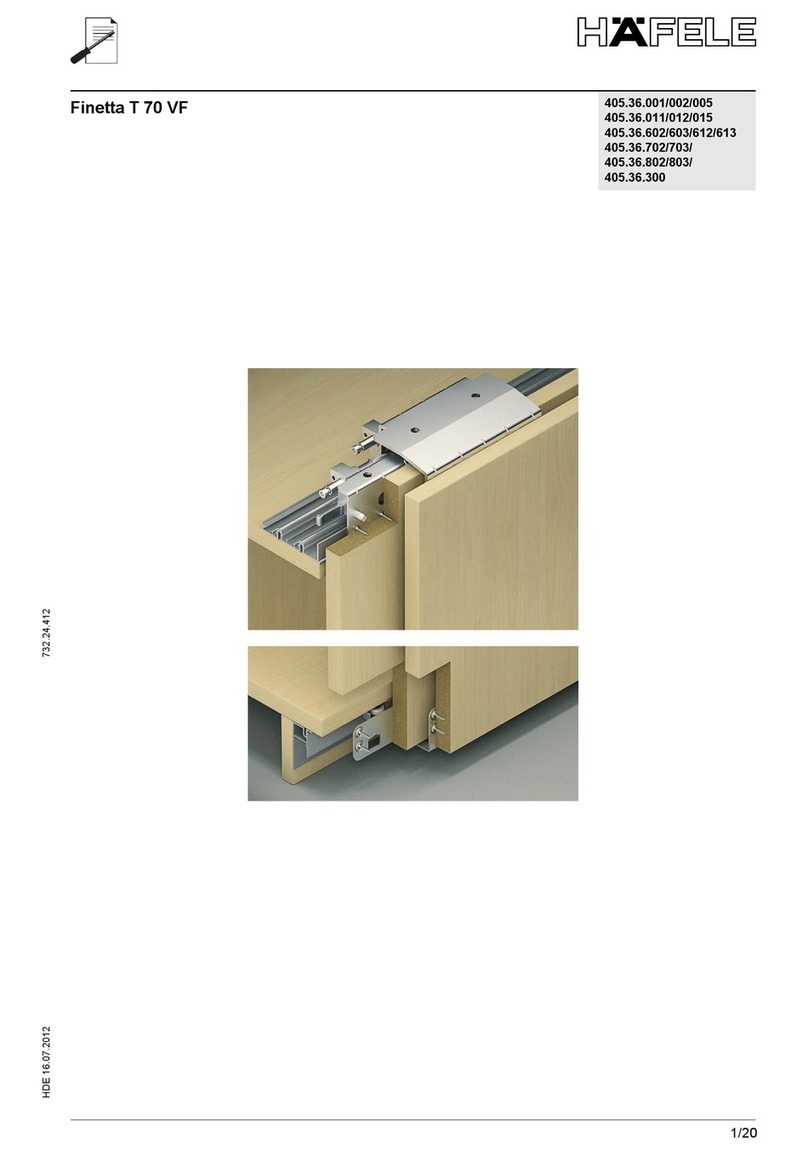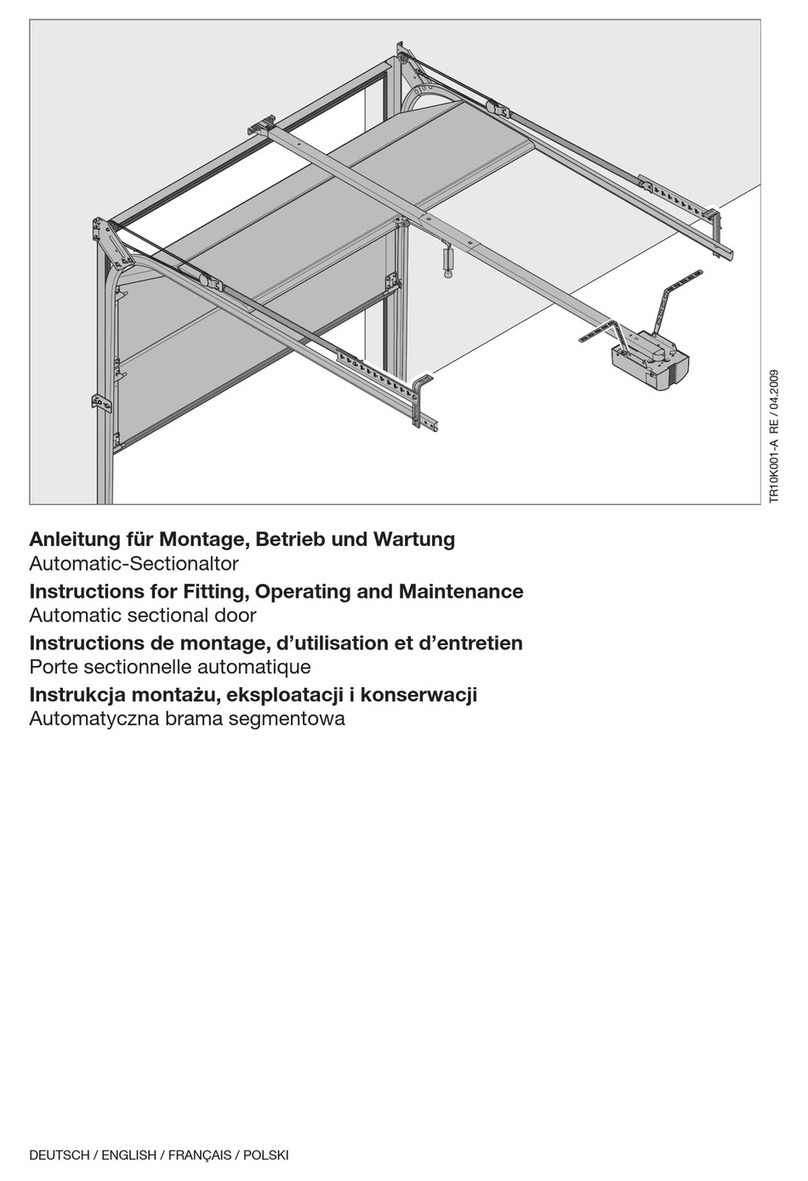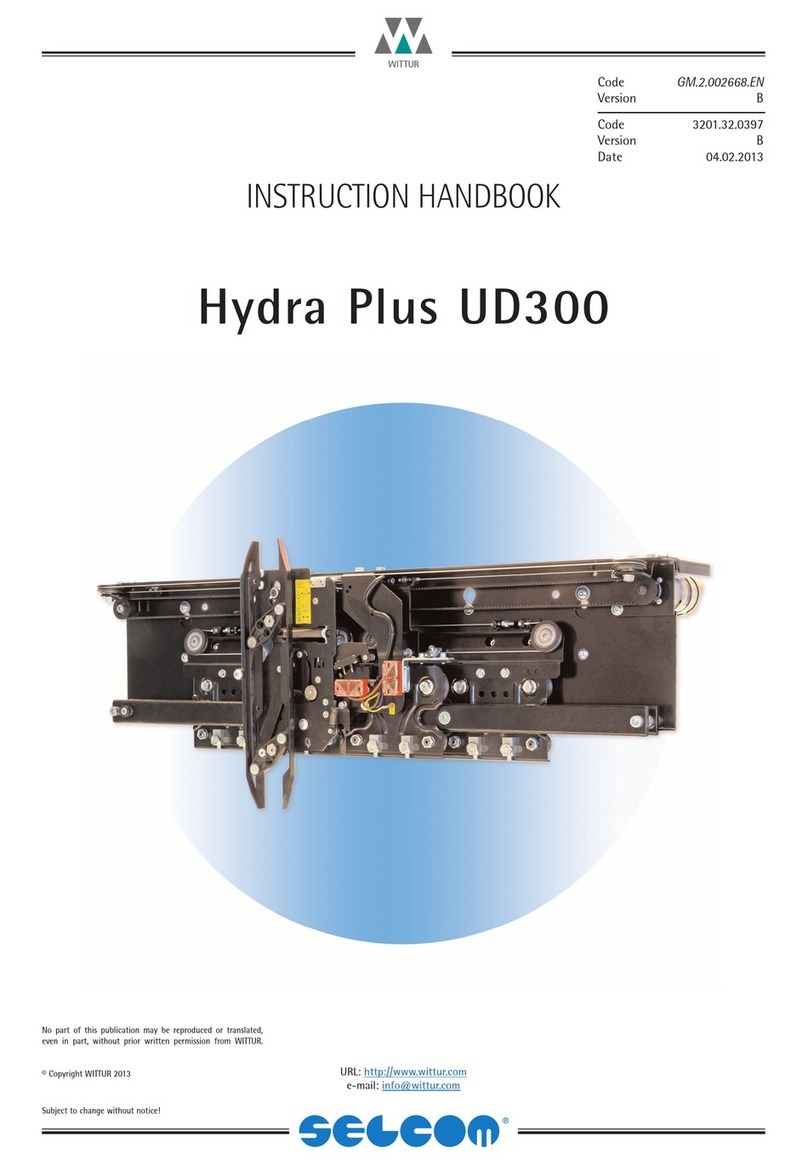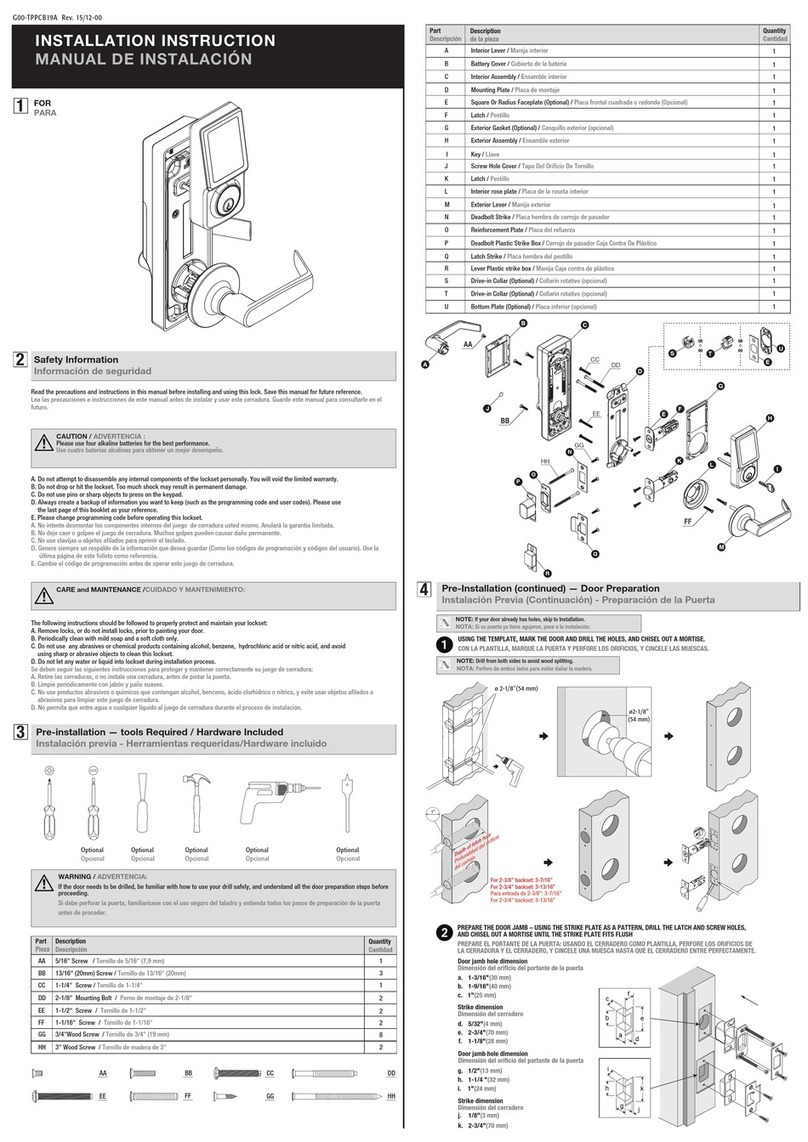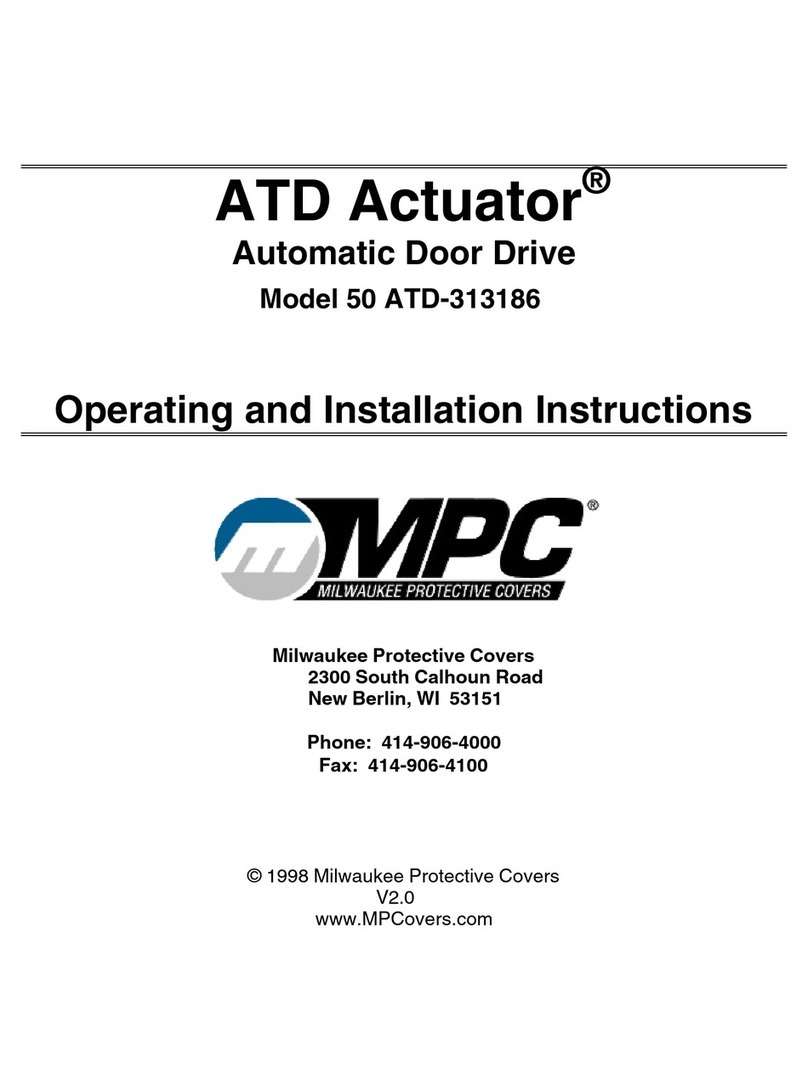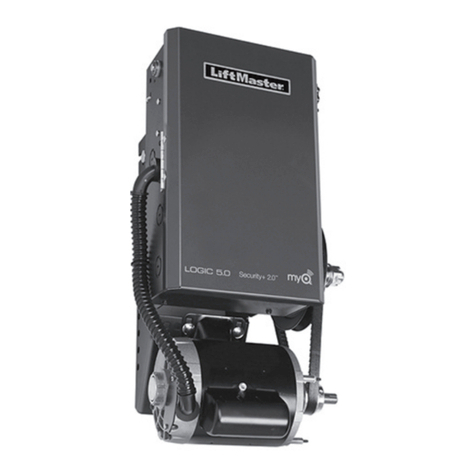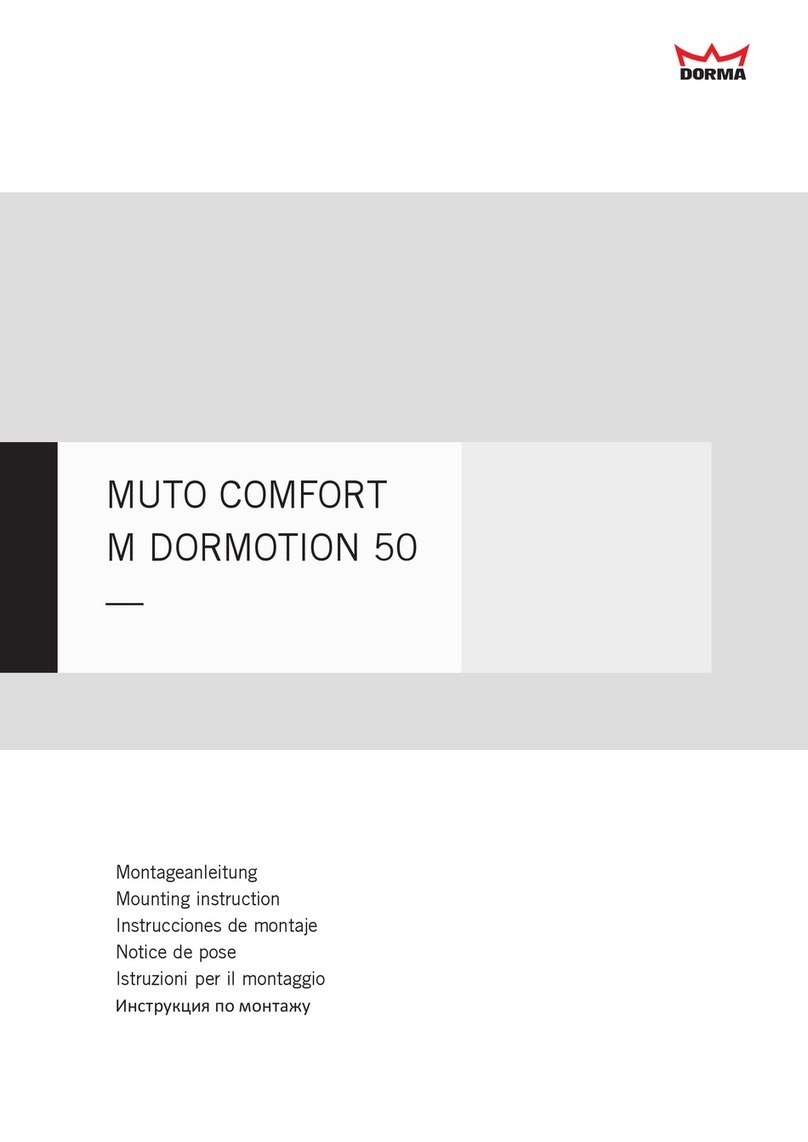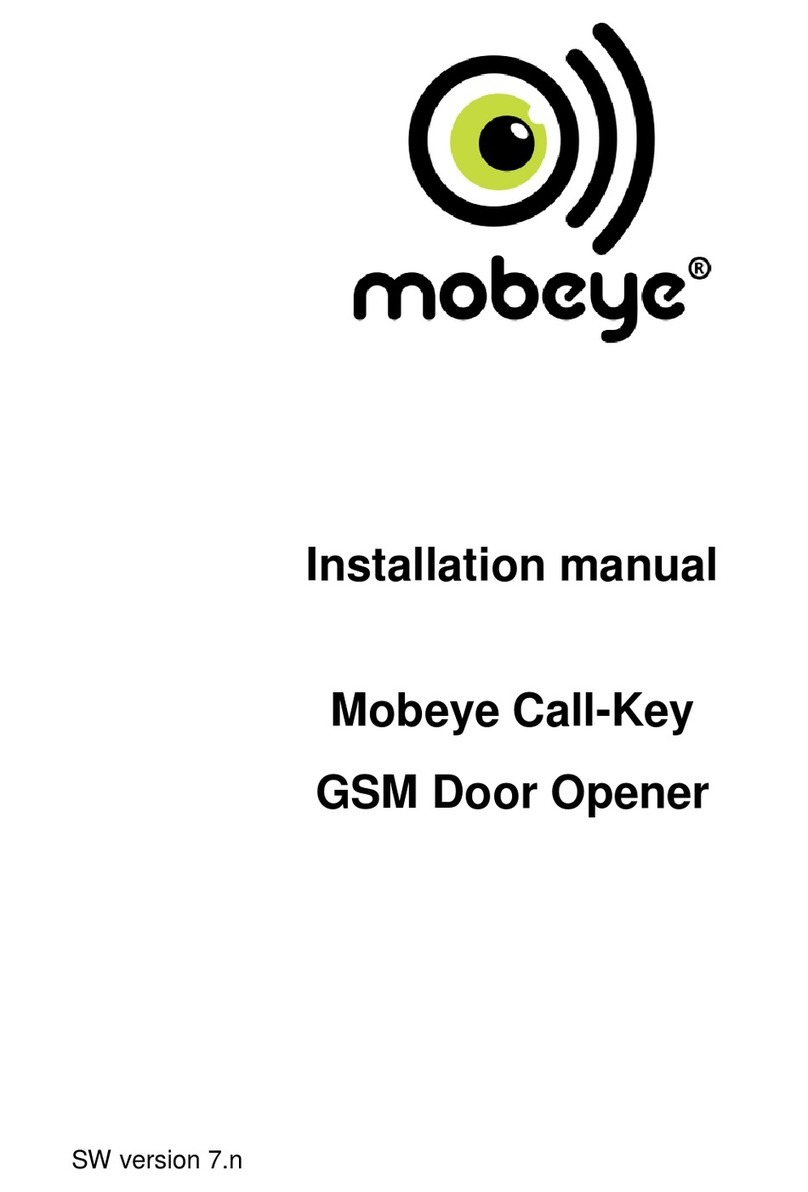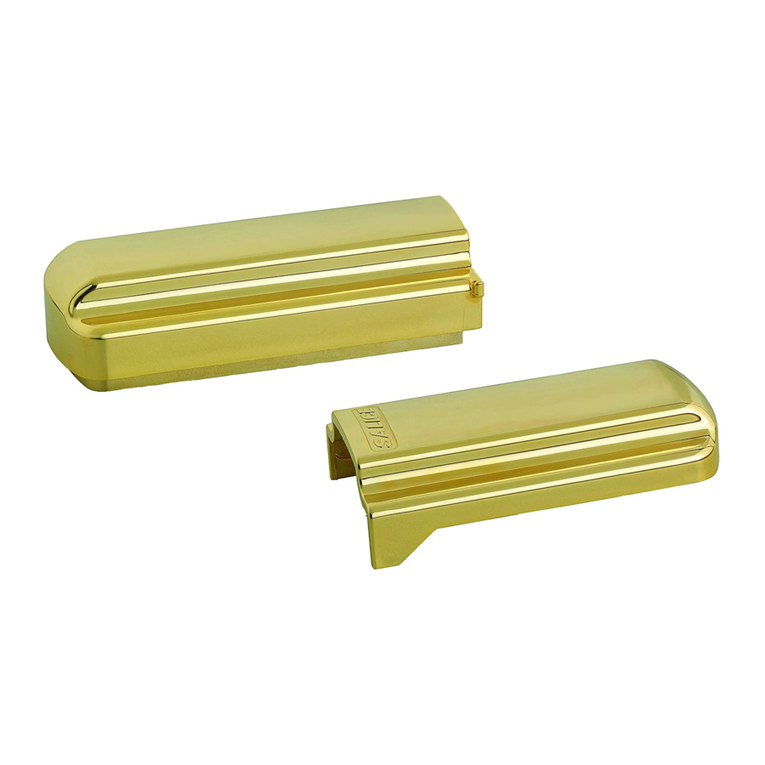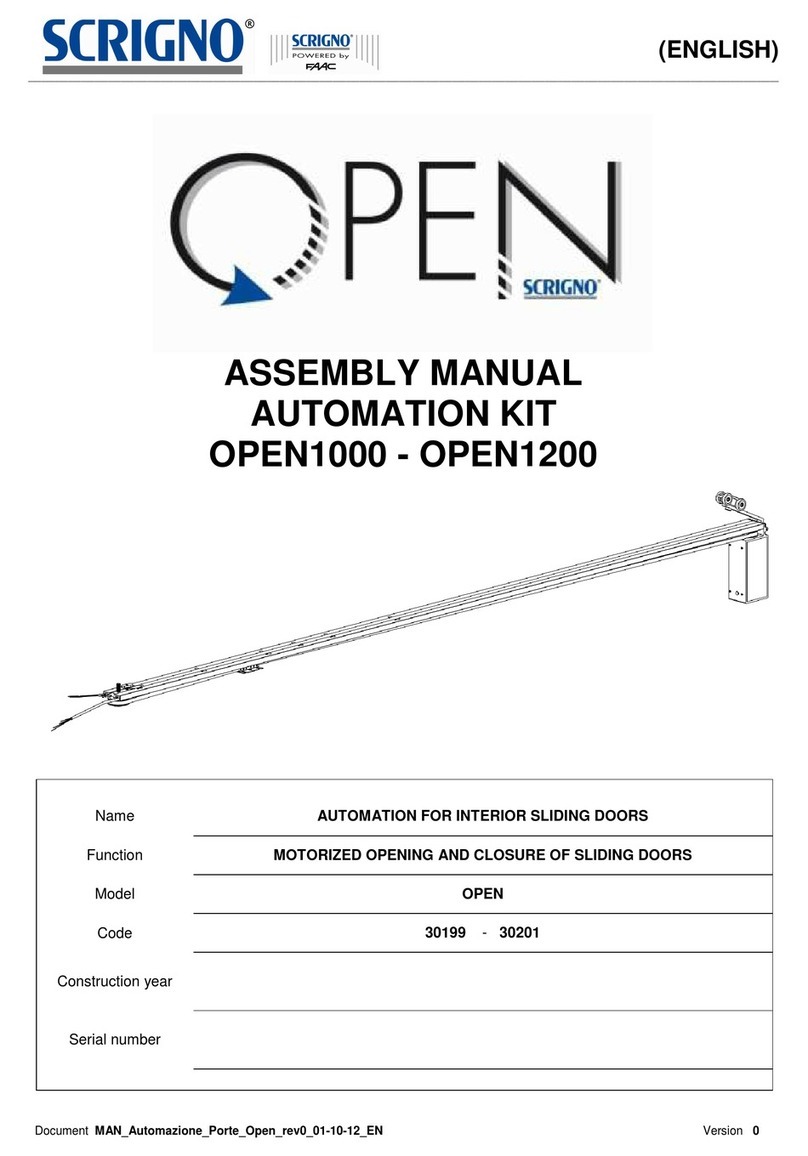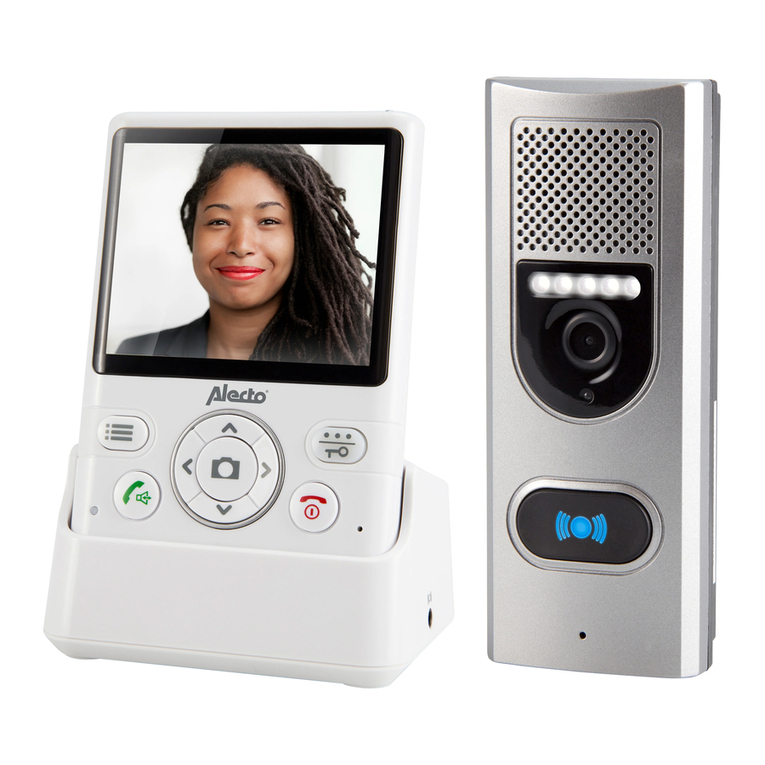
23
TABLE OF CONTENTS
General Overview................................................................................................................... Page 3
Meeting UL 325 Requirements...............................................................................................Page 3
Box Inventory...........................................................................................................................Page 3
Operator Technical Overview ...............................................................................................Pages 3-4
Pre-Installation Assembly Requirements ..............................................................................Pages 5-7
Mounting Installation Instruction ..........................................................................................Pages 8-10
Wiring Instructions...................................................................................................................Pages 11-12
Wiring Diagrams .....................................................................................................................Pages 13-17
Startup Procedure...................................................................................................................Page 18-20
Testing for Spring Balance............................................................................................ Page 18
Accessing STARTUP MENU .............................................................................................Page 18
Set Closing Timer ...........................................................................................................Page 18
Set Voltage......................................................................................................................Page 19
Set Motor Position ..........................................................................................................Page 19
Set Door Limits................................................................................................................Page 19
Set Door Speed..............................................................................................................Page 19-20
Jog Mode.......................................................................................................................Page 20
Exiting STARTUP MENU & Testing....................................................................................Page 20
ADVANCED MENU Programming ..........................................................................................Page 21
Set Reversing Timer........................................................................................................Page 21
Set PWM Frequency ......................................................................................................Page 21
Set Dynamic Brake........................................................................................................Page 21
Set Opening Force ........................................................................................................Page 21
Set Closing Force...........................................................................................................Page 22
Set Open Slow Speed ................................................................................................... Page 22
Set Close Slow Speed....................................................................................................Page 22
Set Open Rampdown Distance...................................................................................Page 22
Set Close Rampdown Distance................................................................................... Page 22
Set Open Limit Options (Push Button & Remote).......................................................Page 22
Set Output Relay............................................................................................................Page 23
Set Calibration ...............................................................................................................Page 23
Set Maintenance Schedule .........................................................................................Page 23
Set Red Flashing ............................................................................................................ Page 23
Set Advanced Red ........................................................................................................ Page 23
Set Open Limit Switch....................................................................................................Page 24
Set Factory Reset ...........................................................................................................Page 24
Exiting ADVANCED Menu ..............................................................................................Page 24
Power Outage Operation ...................................................................................................... Page 25
Battery Information.................................................................................................................Page 25
Car Wash/Water Resistant Applications............................................................................... Page 25
Components............................................................................................................................Page 26
Troubleshooting Guide ..........................................................................................................Page 27-29
Warranty................................................................................................................................... Page 30
